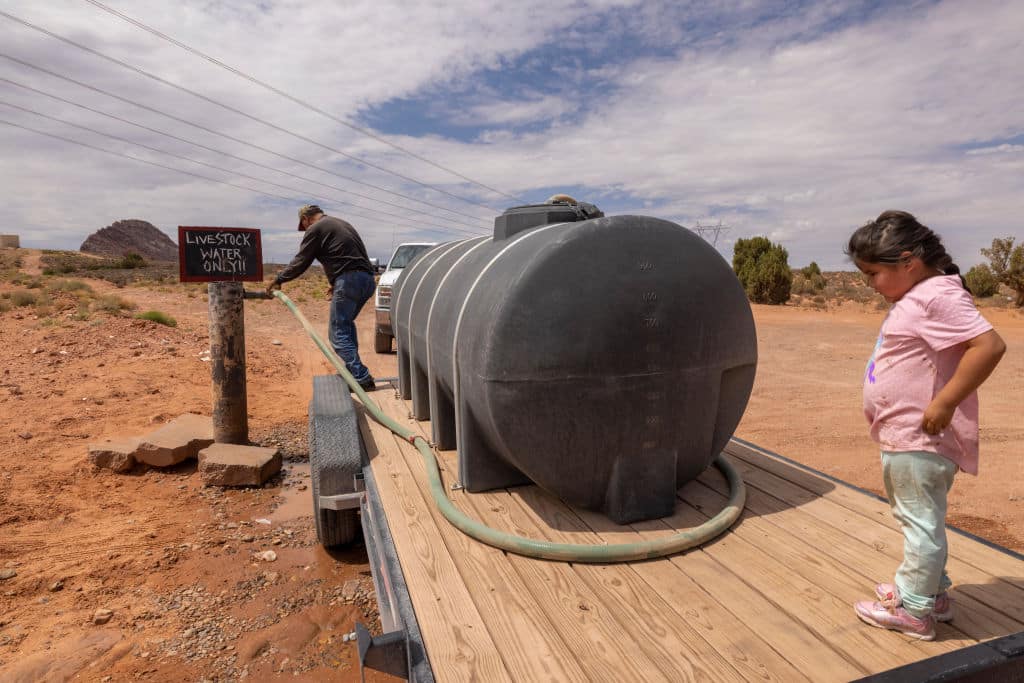Megadrought Threatens Navajo Lifeways, Drives Up Food Prices

 Why you can trust us
Why you can trust us
Founded in 2005 as an Ohio-based environmental newspaper, EcoWatch is a digital platform dedicated to publishing quality, science-based content on environmental issues, causes, and solutions.
The 23-year megadrought across what is now the Southwestern U.S. is driving up food prices, and threatening lifeways across the Navajo Nation.
European colonizers took 99% of Indigenous nations’ lands since arriving on the continent more than 500 years ago, and climate change, caused mainly by the industrialized world’s extraction and combustion of fossil fuels — in some cases inflicting disproportionate harm directly on Indigenous populations — is further undermining traditional practices.
Growing up, raising sheep, corn, beans, and squash on her family’s ancestral lands, “We did not want for anything,” Candice Mendez told The Guardian. Once drought hit in the early 1990s, however, “All of sudden we were eating canned food … [t]he land could no longer provide for us.” Mendez, who now has to drive more than 100 miles per week to get water for her animals, worries, “At some point it may just get to be too hard and too expensive,” but even more, “If we lose these animals, we lose a big part of our identity.”
For a deeper dive:
Megadrought: NPR, CNN; Navajo Nation: The Guardian; Food prices: Axios, Reuters, The Gazette; Water shortages: Washington Post, The Independent; Climate Signals background: Western megadrought
For more climate change and clean energy news, you can follow Climate Nexus on Twitter and Facebook, sign up for daily Hot News, and visit their news site, Nexus Media News.
Subscribe to get exclusive updates in our daily newsletter!
By signing up, you agree to the Terms of Use and Privacy Policy & to receive electronic communications from EcoWatch Media Group, which may include marketing promotions, advertisements and sponsored content.

 233k
233k  41k
41k  Subscribe
Subscribe 



